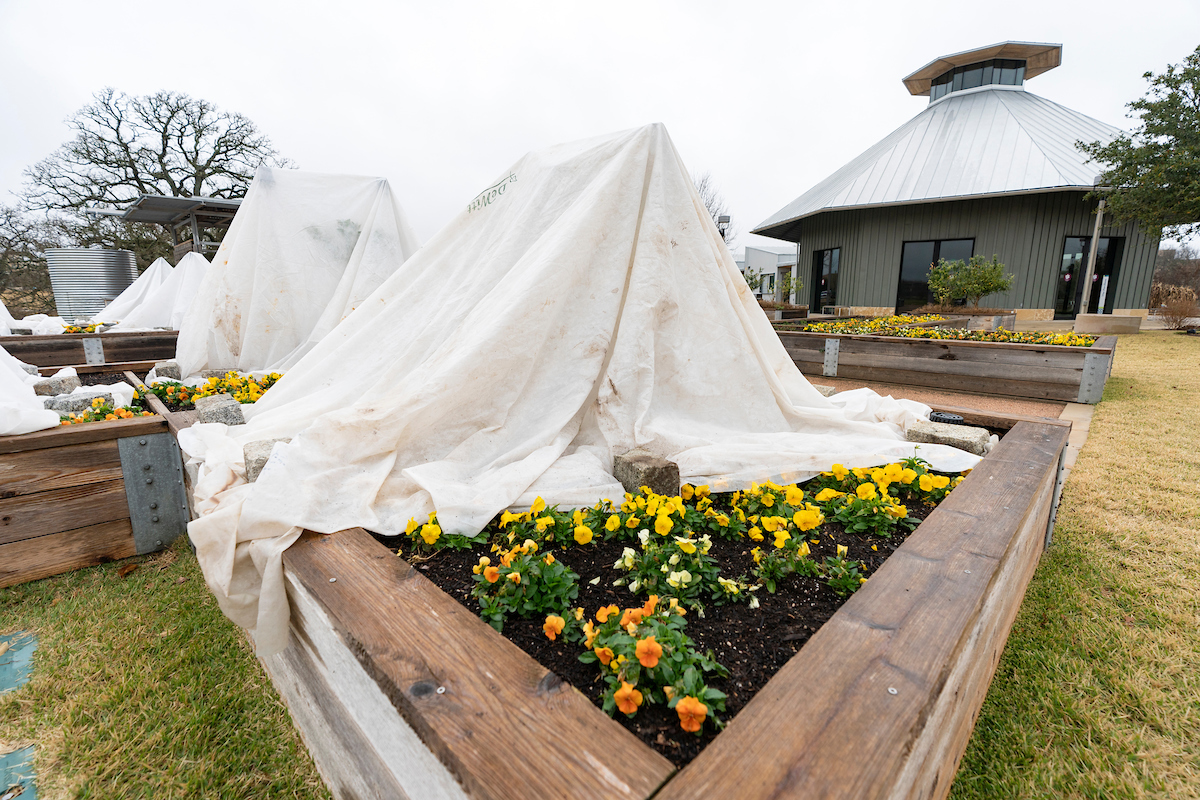Tips on protecting gardens during storm season

K-State horticulture expert shares how to help gardens through severe weather
Storm season can be stressful for many reasons, but for Kansas gardeners, protecting their plants is a priority.
With Kansas’ storm season in full swing, Kansas State University horticulture expert Cynthia Domenghini has tips on how to protect and recover gardens from severe weather damage.
“We are entering storm season and various areas of the state will likely have high winds, excessive rainfall and hail,” Domenghini said.
Domenghini’s recommendations include:
Heavy Rain
“The force of rainfall pounding on the soil can result in a thick crust that prevents seed emergence and partially blocks oxygen from reaching roots,” Domenghini said. A shallow cultivation with a rotary hoe or other tool can break up the crusted soil. Domenghini cautions against deep tiling as it could damage young, tender roots.
Standing Water
“Standing water cuts off oxygen to the roots, which can result in plant damage if it doesn’t drain quickly enough,” she said. Plants can sometimes handle 24 hours of standing water, but hot weather following the rainfall can cause the water to become hot enough to ‘cook’ the plants.
“There isn’t much that can be done about this unless a channel can be cut to allow the water to drain,” Domenghini said.
Hail Damage
Hail damaged plants should recover quickly as long as only the leaves were damaged. If stems and fruit were damaged the situation may become more serious. “The plant can recover from a few bruises, but if it looks like the plants were mowed down by a weed whip, replanting is in order,” Domenghini said.
Leaning Plant
“Either wind or water can cause plants to lean,” Domenghini said “They should start to straighten after a few days.” She does not recommend trying to bend them back as the plants often break easily.
Domenghini and her colleagues in K-State’s Department of Horticulture and Natural Resources produce a weekly Horticulture Newsletter with tips for maintaining home landscapes and gardens. The newsletter is available to view online or can be delivered by email each week.
Interested persons can also send their garden and yard-related questions to Domenghini at [email protected], or contact your local K-State Research and Extension office.



